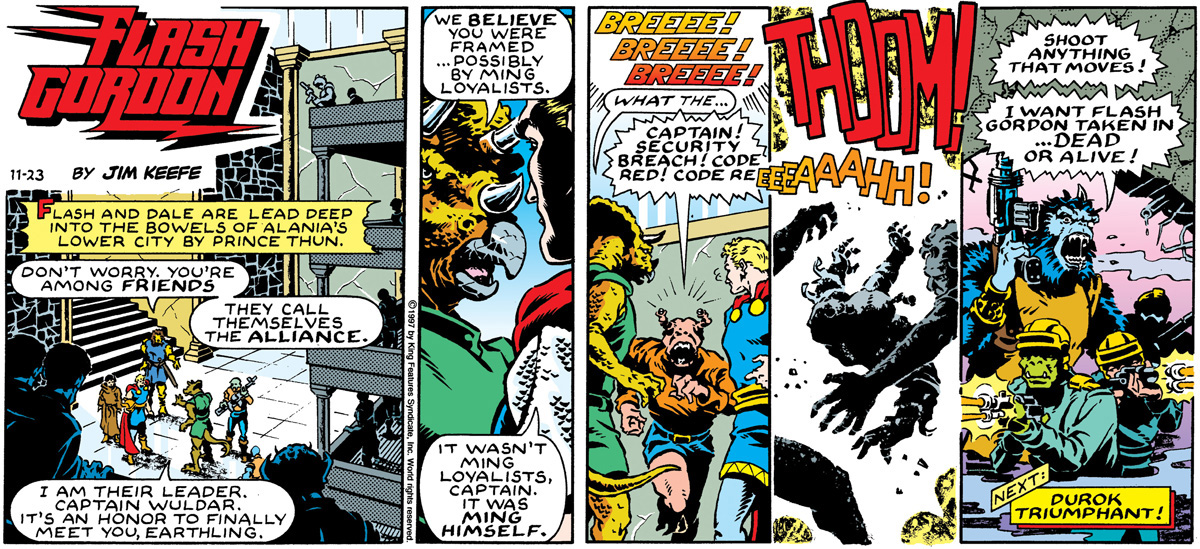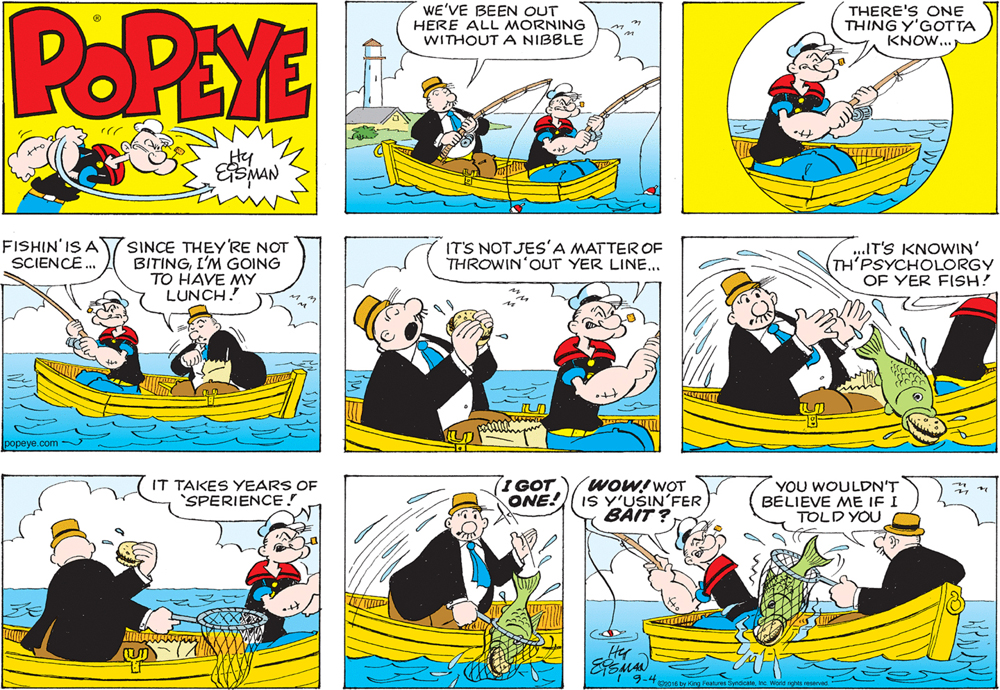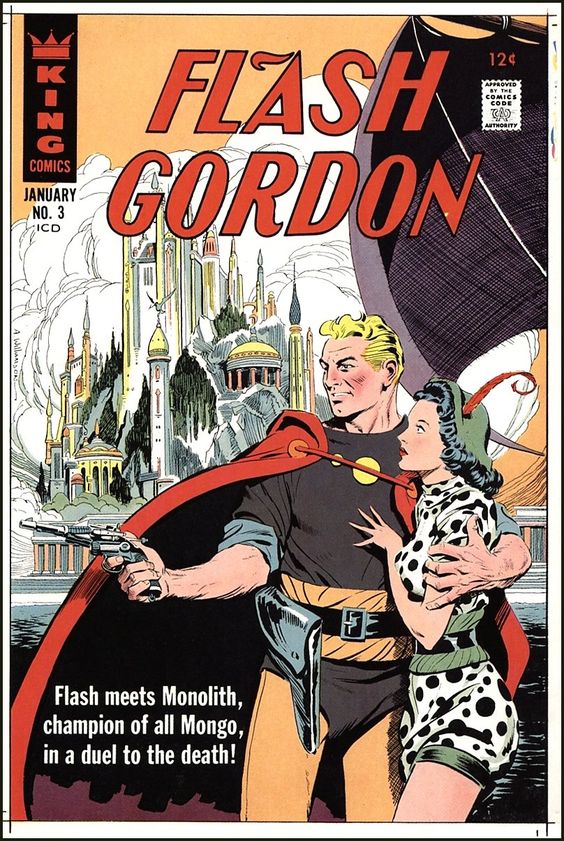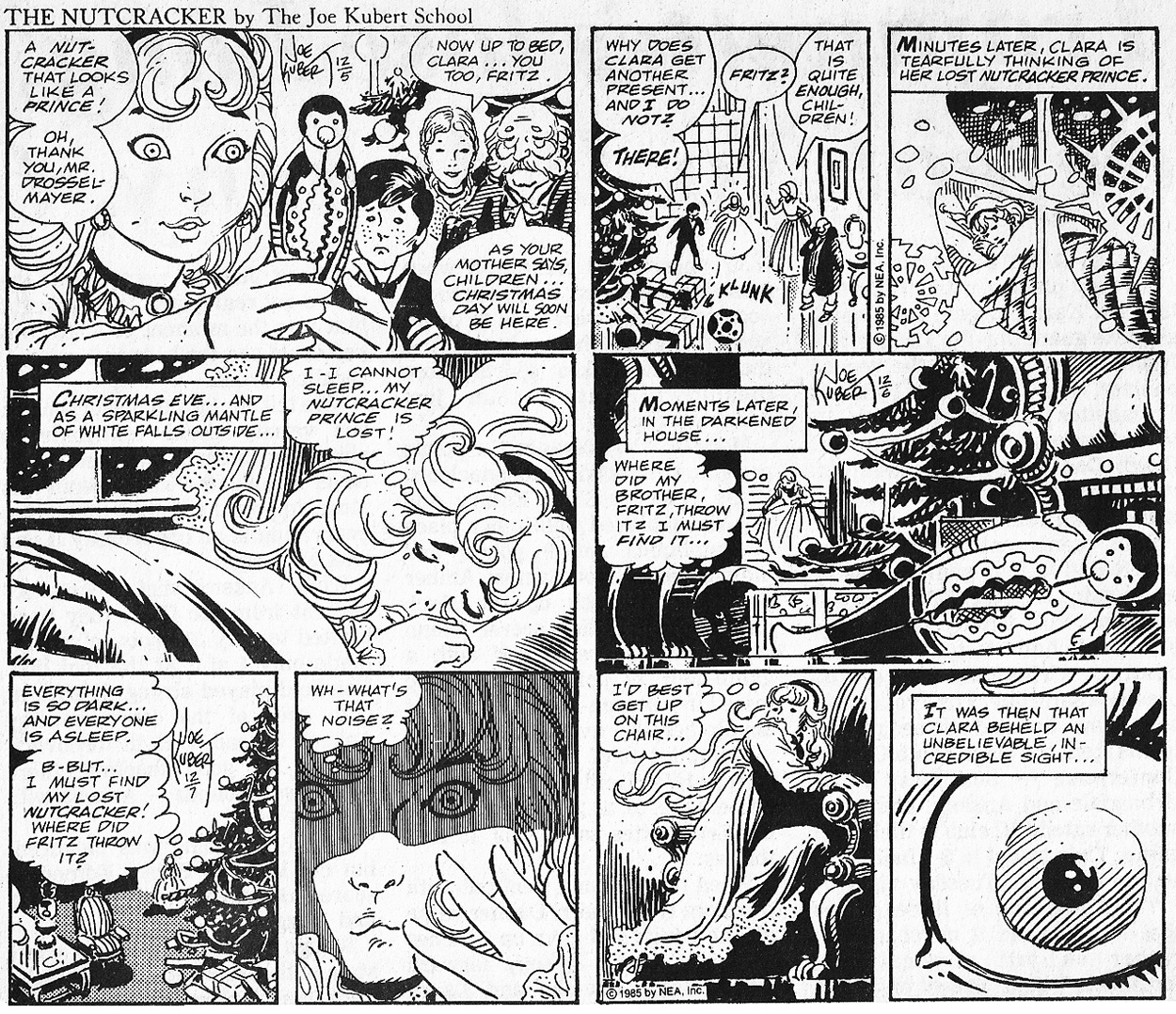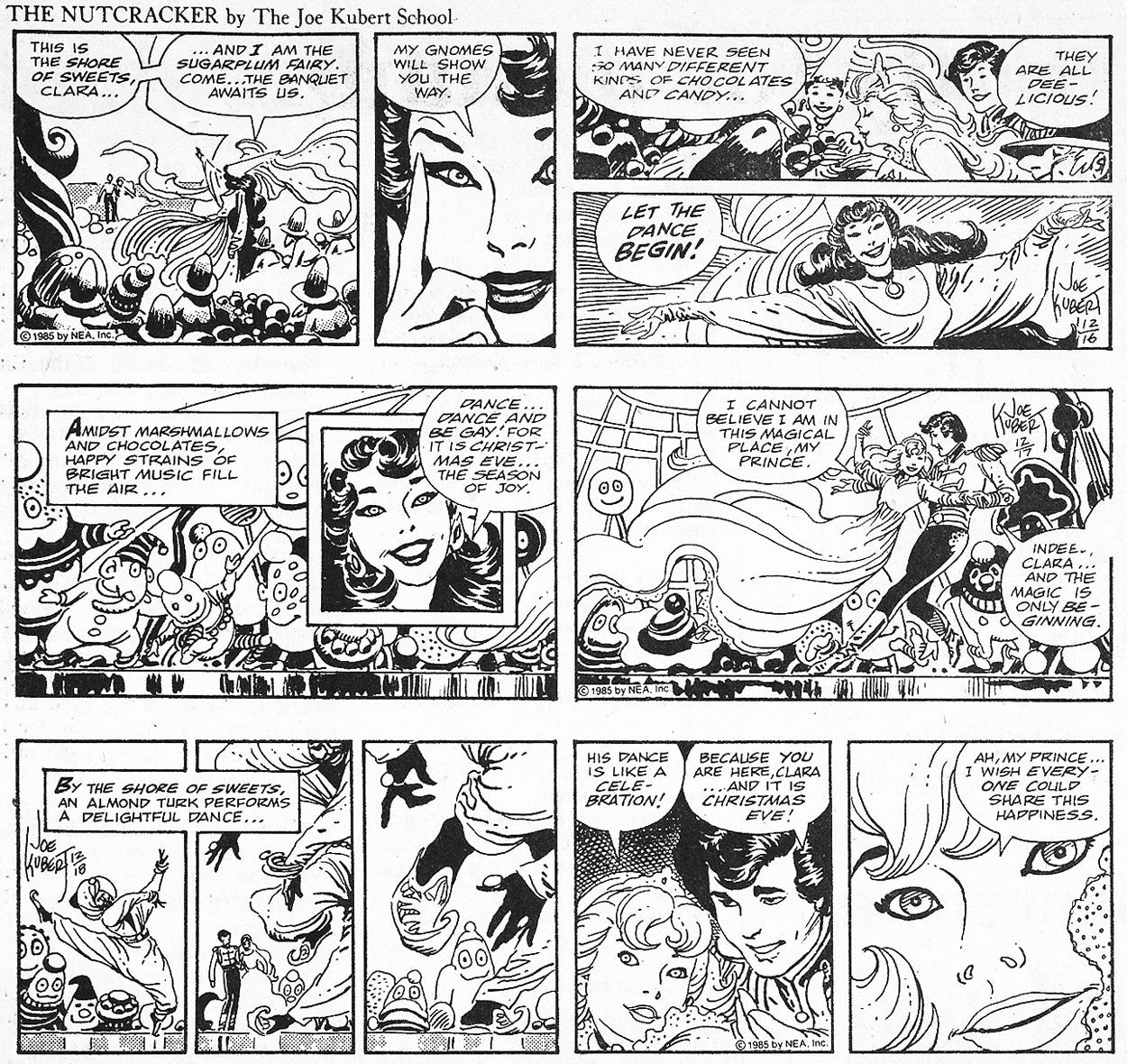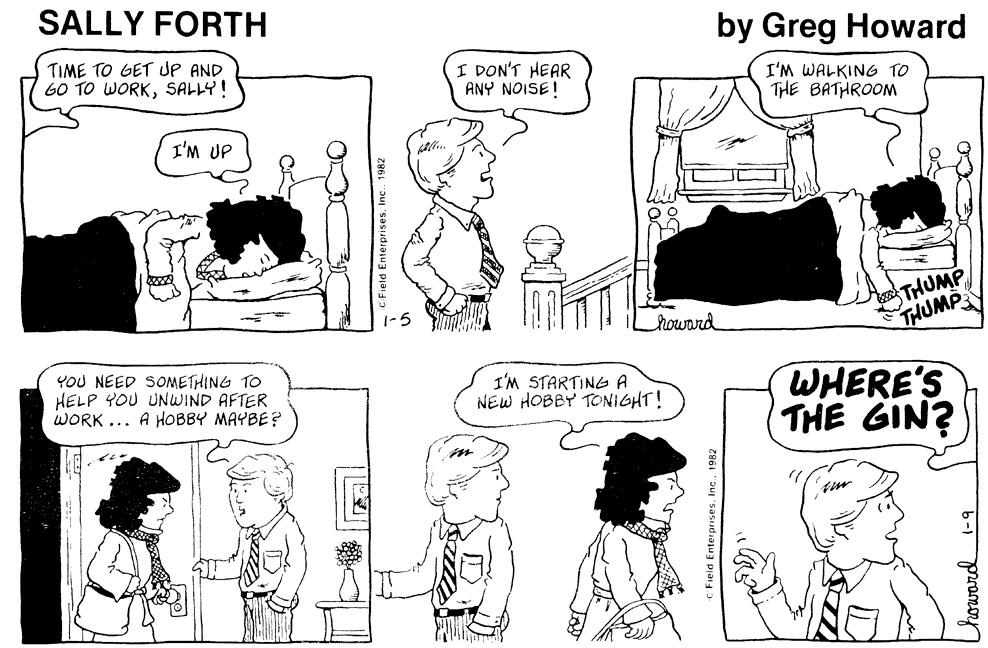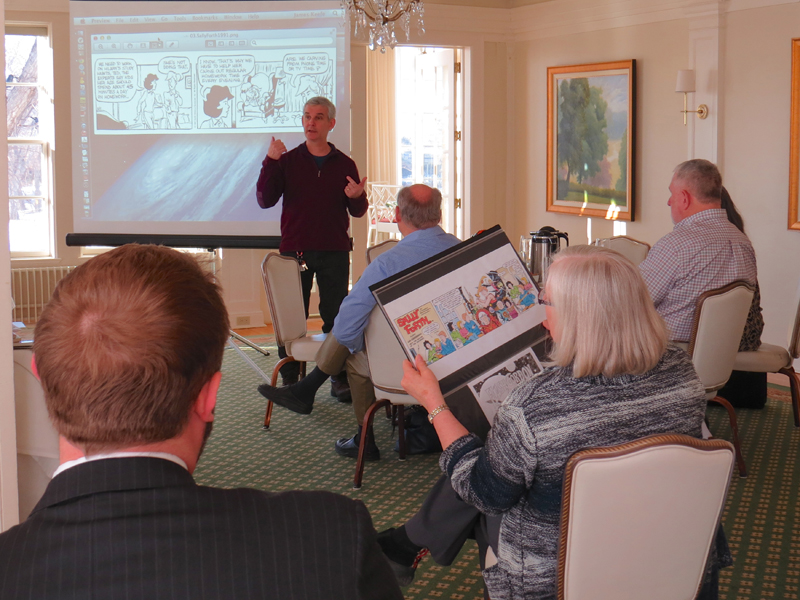I first met Al Baruch back in 2003. He was head of the Cartooning department at Hofstra University’s UCCE Youth Programs at the time and hired me as one of the teachers.
A Navy veteran, Al had studied at the Art Students League of New York, SVA (at that time the Cartoonists and Illustrators School of NY) and Pratt Institute (1949 – 1952). In the 1950s he worked for Disney as an inbetweener on films like Peter Pan and Lady and the Tramp. In the 1980’s he turned to teaching and never looked back.
Al was in his seventies when I met him, but had the energy and enthusiasm of a man in his twenties. He mentored a multitude of students through the years, passing on his love and enthusiasm of cartooning to a whole new generation of artists.
He’ll be sorely missed.
The following are just a few articles, pics and video from around the web on Al. I hope you enjoy…
Al was an amazing man, artist and teacher. To the kids at HAAS, he was one of their magical Art Masters who would visit them and work along side of them at their Art Master Workshop. To me, he was a good friend and mentor. He also taught kids with special needs and was an advocate for the Holocaust Memorial and the Florida Youth Orchestra. You are loved by so many and you are in our hearts forever. Much love to you and your family.
-Hilary Fine

©Mike Stern – Animator at Pixar Animation Studios
1996 Al Baruch Interview
by Matthew Kalamidas
Ex-disney Animator Draws On Expertise
by Jerry Libonati for the Florida Sun Sentinal – 2005



